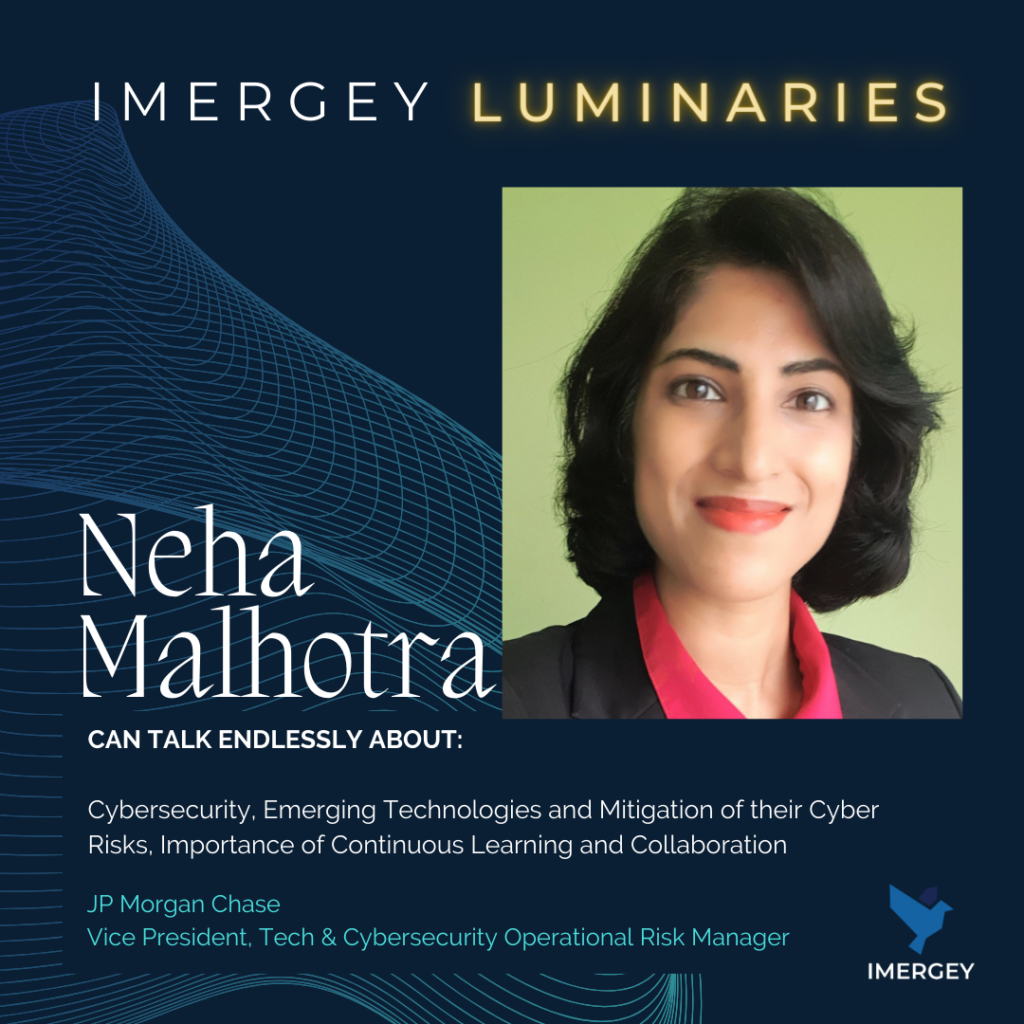
Beyond Speed: Understanding the Transformative Impact of 5G
5G, short for fifth generation, refers to the latest generation of wireless communication technology. It is designed to provide faster data speeds, lower latency, increased network capacity, and improved connectivity compared to previous generations. 5G networks operate on higher frequency bands and use advanced technologies such as massive MIMO (Multiple-Input Multiple-Output), beamforming, and network slicing to deliver enhanced performance and support a wide range of applications and devices.
5G connectivity revolutionizes our digital landscape, surpassing mere enhancements in speed and network capacity. It is a transformative force that interconnects millions of devices, enabling the creation of innovative services and facilitating widespread adoption of groundbreaking applications. By seamlessly integrating into our daily lives, 5G has the power to reshape our existence, redefine business operations, and revolutionize the functioning of governments. Its impact extends far beyond traditional connectivity, promising a future where the way we live, work, and govern undergoes a remarkable transformation.
Pros
- Faster Speeds
- Lower Latency
- Greater Capacity
- Improved Reliability
- Enabling New Technologies
Cons
- Infrastructure Challenges: Deploying 5G requires significant investments in infrastructure
- Limited Coverage: While 5G networks are expanding, coverage is currently more limited compared to 4G.
- Device Compatibility: Not all devices are 5G-enabled
- Spectrum Constraints: 5G operates on higher frequency bands, which have a shorter range and are more susceptible to signal blockage by obstacles like buildings or trees.
- Potential Interference: The use of higher frequency bands in 5G may face interference issues from various sources, including weather conditions and physical obstructions.

Utilities:
- IoT and Smart Cities: 5G enables the growth of the IoT by providing the necessary connectivity, speed, and capacity to support a vast number of connected devices. It paves the way for advancements in smart cities, autonomous vehicles, connected healthcare, and other IoT-driven applications.
- Edge Computing: 5G’s low latency and high bandwidth capabilities are driving the adoption of edge computing. Processing data closer to the edge of the network reduces latency and enables real-time applications, such as augmented reality (AR), virtual reality (VR), and autonomous systems.
- Industry Transformation: 5G is expected to revolutionize industries such as manufacturing, transportation, logistics, and healthcare. It enables the implementation of advanced technologies like robotics, automation, remote surgery, and smart factories, leading to increased efficiency and productivity.
- Enhanced Mobile Experiences: With 5G, mobile users can experience faster download and upload speeds, high-quality video streaming, seamless gaming, and immersive AR/VR experiences on their devices.



































































